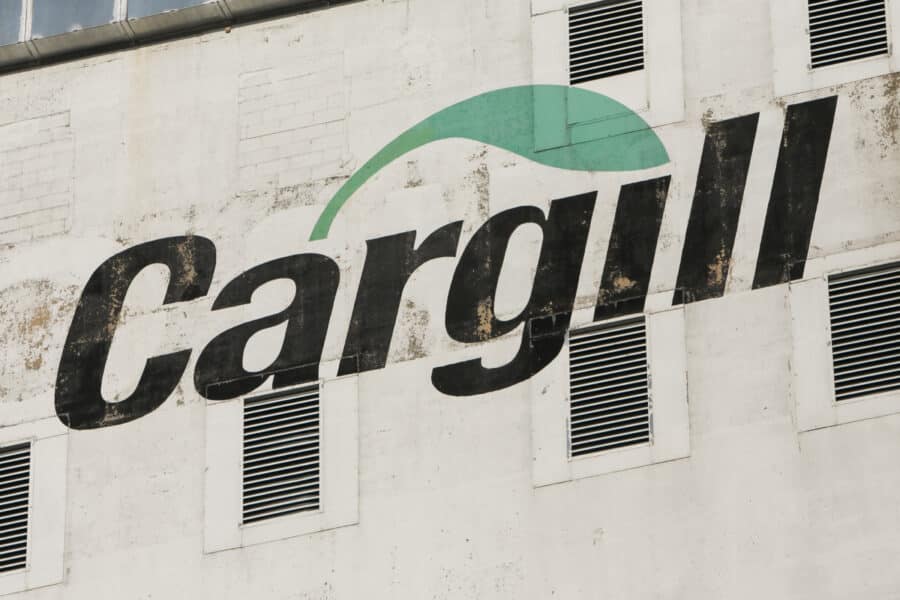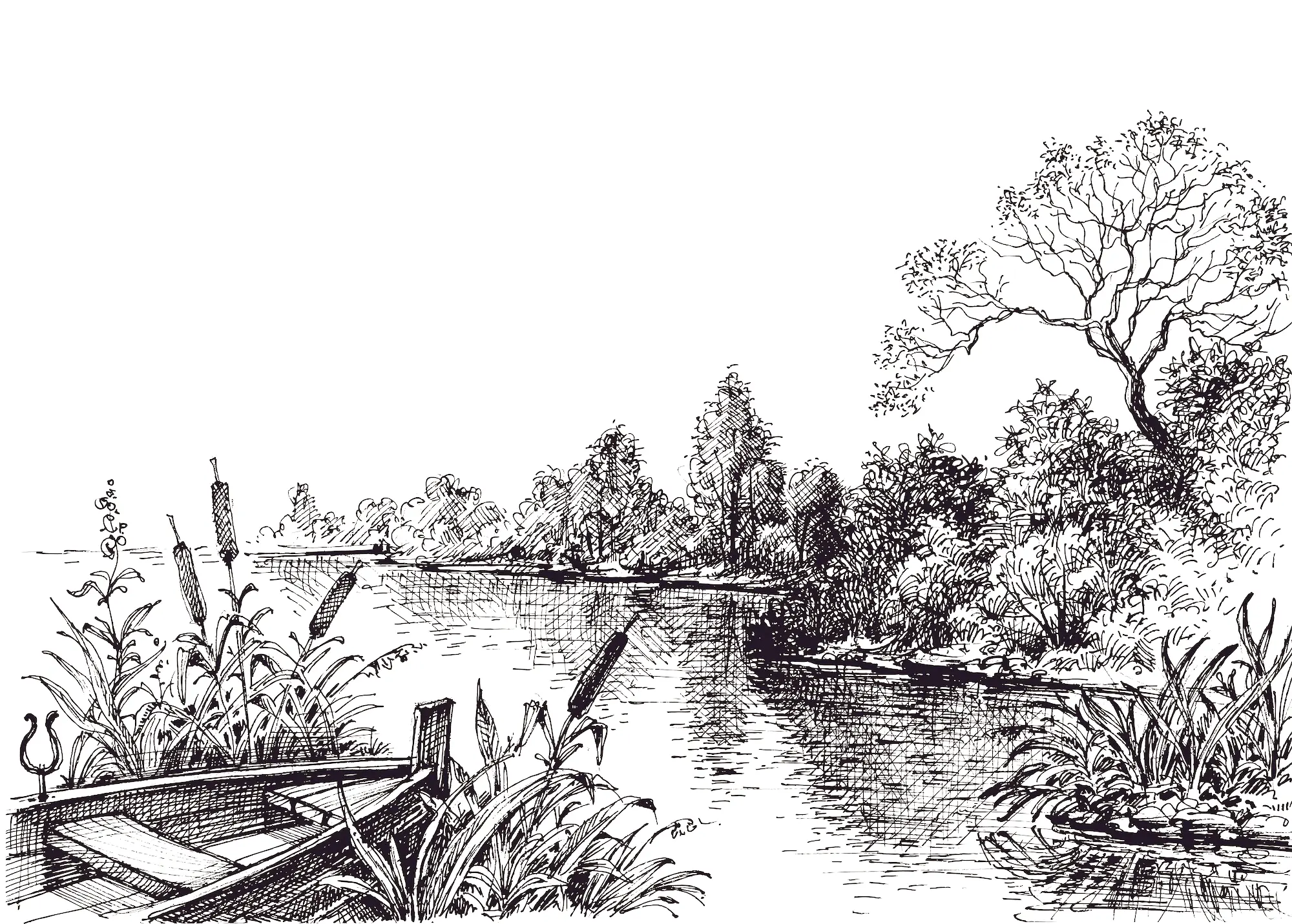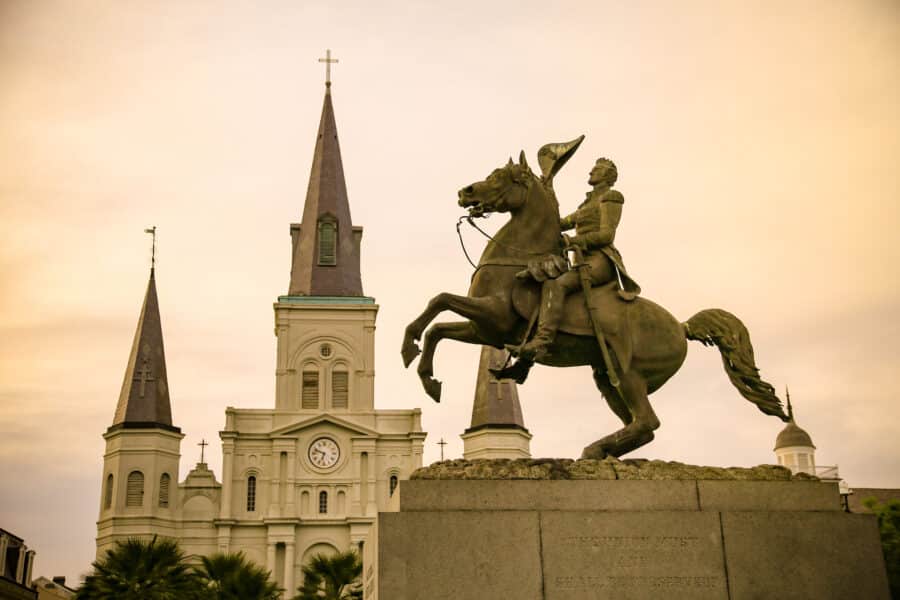One early morning this March, elders of the Battle Mountain Band of Western Shoshone Indians were taking their daily walk around the Band’s reservation in Battle Mountain, Nevada. They were startled to come upon a bulldozer digging a trench. When they returned to the village, they went to the tribal office to ask what the work was for. Since no one had negotiated with the Band to purchase a right-of-way—legal authorization to use property for a particular purpose and time period—Band member Joseph Holley drove out to see what was up.
Looting Tribal Land
Individuals and corporations trespass on Native property and plunder resources, with little accountability
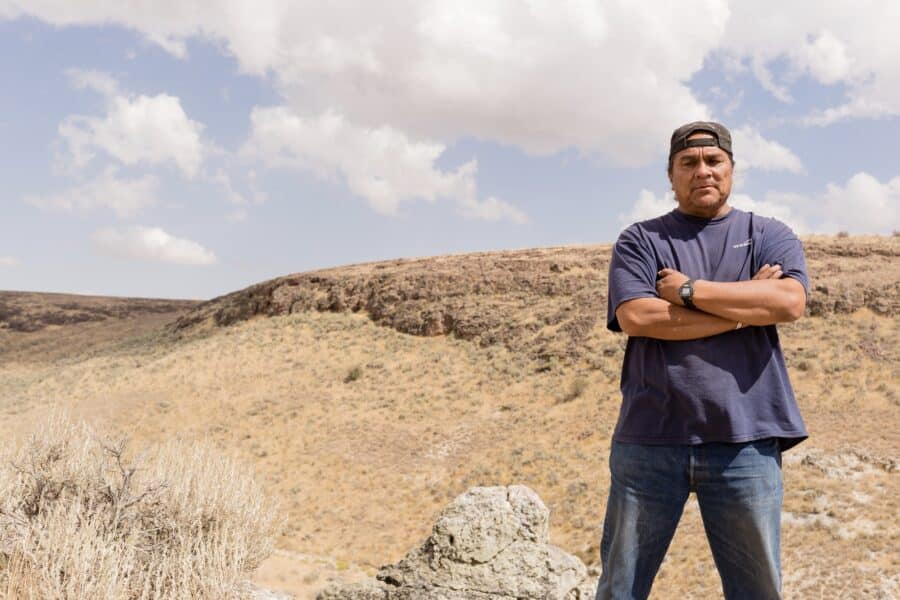

Holley, who is also chairman of the Te-Moak Tribe of Western Shoshone Indians, a consortium of four Bands that includes the one at Battle Mountain, arrived at the work site. He says he waved down the contractor bulldozing the trench.
The contractor stopped the machine, exited it, swore at Holley, made much use of the “f” word, repeatedly gave Holley “two seconds” to leave and compared him to “Mexicans at the border” stopping an honest man from doing his work. At a meeting a few days later between local AT&T representatives and the Battle Mountain Band leadership, Holley recounted the interaction.
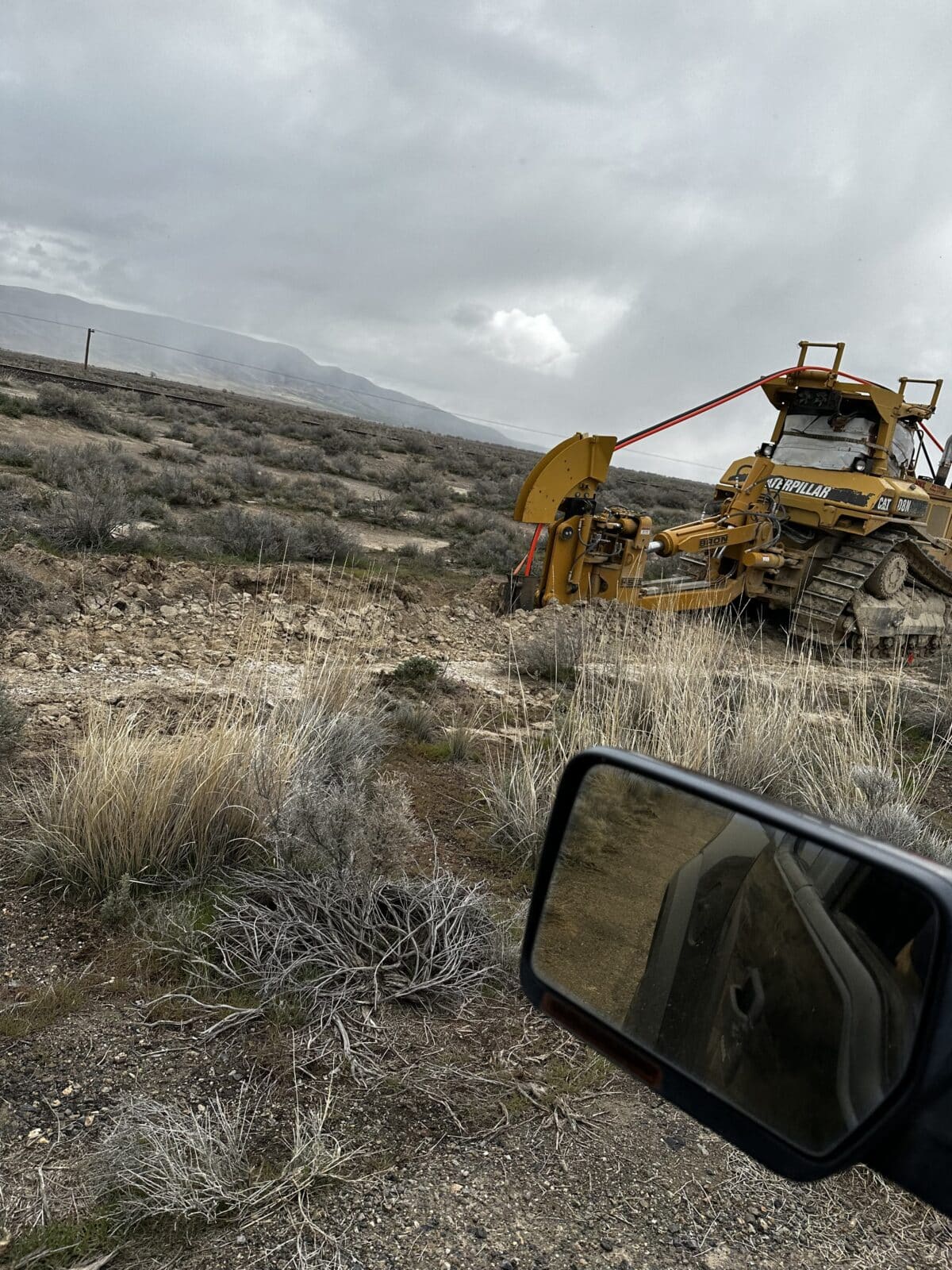
“I would hope that anyone acting on behalf of AT&T would conduct themselves with nothing but respect and kindness, and all I can do is offer a sincere apology,” said the company’s Nevada area manager Torrey Denoo.
“He will not be allowed on Band land again,” Holley responded. “Period. End of story.”
Cliff Cooper, AT&T’s local right-of-way manager, added his apologies for “not having done the proper research,” which led to the trespass and unsanctioned digging. The work was intended to be part of a project to provide fiber optic service to Consolidated Edison’s nearby solar plant.
The Band’s attorney, Rollie Wilson of Patterson Earnhart Real Bird & Wilson, appearing via a video-conference link, asked whether the local office’s faulty research had also precluded the corporation from complying with a federal law requiring evaluation of the tract for protection of cultural resources, such as an ancient village site or burial ground, before beginning work. This question was not resolved during the meeting.
A Battle Mountain Band official asked if additional bulldozing of tribal property was expected. “No,” Holley responded. “If they go out there now, it’s trespass, and that’s a criminal offense.” Denoo confirmed that AT&T would pause work until the corporation reached an agreement with the Band.
When Barn Raiser asked AT&T corporate communications for a comment, a spokesperson responded that the bulldozer driver’s rant was “unacceptable” and that the corporation requires its contractors “to obtain proper permitting, follow applicable construction codes, and abide by rules governing rights-of-way and property easements.” AT&T has contacted the Battle Mountain Band’s leadership, according to the spokesperson, and is “working toward a resolution.”
Bringing truth to light
Trespass on Native land is a massive, largely unrecognized burden on Native tribes and individuals nationwide, according to Terry Beckwith, a director of Indian Landowners Party. The 6,700-member Vancouver, Washington, think tank does research and advocacy primarily focused on the problems of individual Native landowners, as opposed to those of tribes. Its training center offers courses in managing and leasing property, including setting up rights-of-way.
“Talk to any Indian on any reservation, and they’ll know someone who has a trespass problem on their property, or they have the problem,” says Beckwith, a citizen of the Quinault Indian Nation, in Taholah, Washington. Even worse, he says, many individual Native landowners don’t fully understand their rights and can’t afford a lawyer.
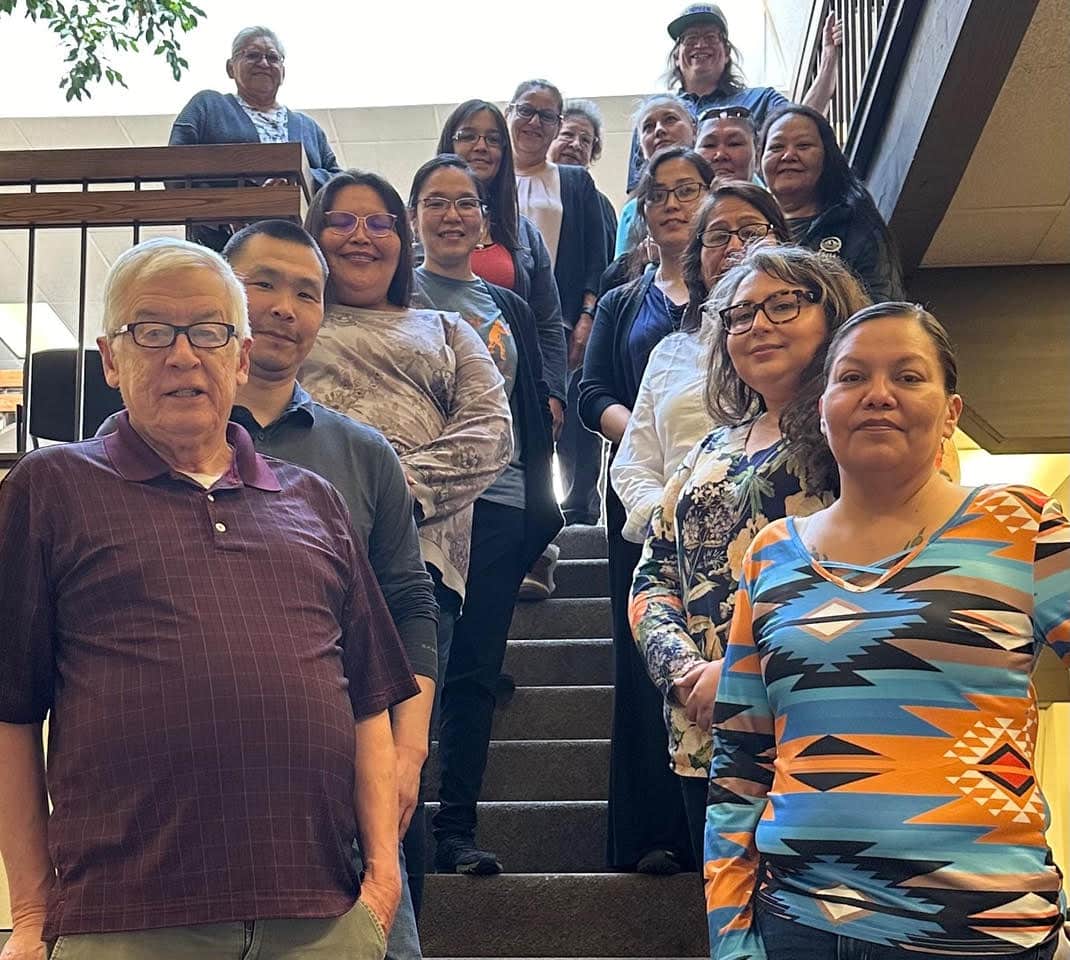
The many types of trespass may involve agricultural and ranching activities, timber cutting, mining, oil and gas extraction, communication lines and pipelines. Other inroads include dumping of toxic materials and garbage, construction of non-Native homes, barns and other structures on Native property, and more.
Oglala attorney Brett Lee Shelton of the Native American Rights Fund, a nonprofit law firm, has called today’s leasing and right-of-way procedures “a huge drain on Indian economies and essentially a taking of resources that hadn’t yet been taken in the treaty-making process. If you wanted to design a system to keep Indian landowners poor, you would use exactly this sort of trick.”
The total value of decades of unpaid fees, fines, damages and lost productivity is unknown but likely immense, says Beckwith. He recalls that trespass by just a portion of a North Dakota pipeline was valued at one point at $187 million. The constant paperwork, phone calls and anxiety associated with this adds to the burden. Beckwith is working with the Indian Landowners Party on a reservation-by-reservation inventory of trespass violations on Native lands, with the goal of prompting an in-depth federal inquiry and/or scholarly study of the issue.
Native-owned lands and resources are still being taken away for a simple reason, wrote the late Jay Daniels in a 2016 op-ed for indianz.com, a Native news site. According to Daniels, it’s because those Native properties and resources have value that someone else wants. Daniels was a Cherokee citizen and a realty officer for the Bureau of Indian Affairs (BIA), the Interior Department agency that works with Native individuals and tribes.
When Beckwith received money to reimburse him for “timber trespass,” it comprised a penalty the BIA had imposed on someone who had surreptitiously harvested wood on Beckwith’s property. Surprised by this windfall, Beckwith congratulated local BIA employees on catching the thief. They responded that few trespassers of any kind are apprehended, he recalls. An agency staffer would have to happen by in what may be a remote area, catch the perpetrator in the act, ask to see their permit and, if they don’t have one, initiate a legal process. Beckwith was simply lucky.
The BIA press office agrees that seeing trespass in action is one way the agency learns of it, as are reports by community members and social media posts. However, it appears anecdotally that when Native landowners do report trespass to the BIA, some may not get even an acknowledgement of their communication, much less an investigation.
“In too many instances, the BIA does not investigate,” wrote Daniels in his op-ed. What’s more, those incidents that are dealt with may not be resolved promptly. “There have been trespass cases which have gone on for years, if not decades,” according to Daniels.
Potential trespassers seem to be aware of the BIA’s lax—some say underfunded—oversight of Native-owned land. According to Beckwith, they apparently say to themselves, “Why not take a chance? If we get caught, we’ll have to pay, but what about all the ones where we don’t get caught?”
Plundering the planet
Many trespasses interfere with Native individuals’ and tribes’ productive use of their land. Others have national—indeed planetary—implications.
A sagging 70-year-old oil and natural gas pipeline crosses the Great Lakes as well as the reservation of the Bad River Band of Lake Superior Chippewa Indians, in Ashland County, Wisconsin. Called Line 5, it is part of the Enbridge pipeline system that burst in 2010, spewing nearly a million gallons of oil into Michigan’s Kalamazoo River—the biggest inland spill in U.S. history. The disaster took 10 years to clean up and resulted in a $177 million settlement with the Department of Justice and the Environmental Protection Agency.
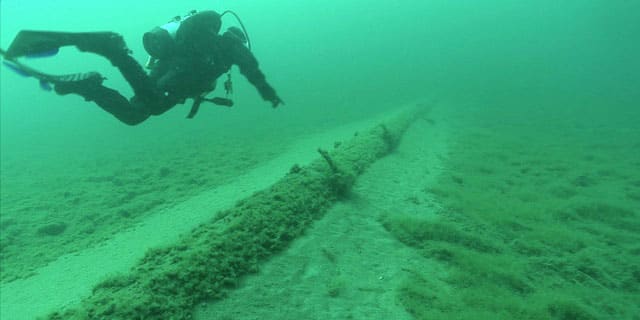
Bags of grout (a hardened cement mixture) prop up lengths of Line 5 as it traverses the Great Lakes. Straps that once wrapped it have snapped apart and protrude at intervals. It has been dented by the anchor of a passing tugboat. Were Line 5 to rupture, it would cause catastrophic damage—destroying the Band’s Lake Superior coastline, land and lifeways and fouling the Great Lakes, which hold 20% of Earth’s freshwater supply.
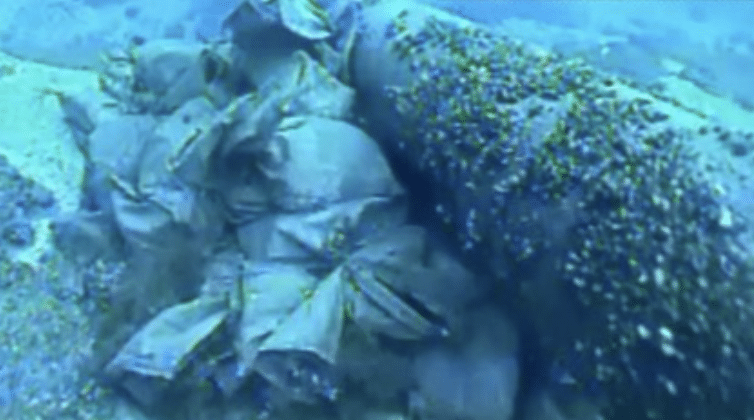
Line 5’s right-of-way across the Bad River Band’s land expired in 2013. The Band asked the pipeline’s owner, Enbridge Energy Company, Inc., to close it down and remove the pipe. When it did not, the 8,000-member Band sued Enbridge, a Canadian corporation with a net worth of more than $72 billion. In 2023, a U.S. federal court held that Enbridge was willfully trespassing on Bad River Band property and must decommission and remove Line 5.
Enbridge appealed, citing a US–Canada treaty. The United States’ amicus, or friend-of-the-court, brief, filed by the Department of Justice, is a masterful word salad that supports both sides, opposes both sides and exhorts the court to figure it out.
“The filing leaves more questions than answers,” says Whitney Gravelle, president of Bay Mills Indian Community, in Michigan’s Upper Peninsula, another tribe with Lake Superior coastline. “We fear it will take Line 5 failing again, and the disaster of an oil spill, for our position to be taken seriously. This isn’t just about tribes, it is about clean water, it is about life.”
In a letter to President Biden in February, 30 tribal nations from around the region, including Gravelle’s, joined in calling the Bad River Band’s David-and-Goliath struggle to save itself, the nation and the planet “an existential fight.”
In March, Enbridge offered the Band $80 million to “settle past disputes.”
Bad River Band Chairman Robert Blanchard responded, “Our homeland, our treaty rights, and our way of life are not for sale.”

Stephanie Woodard is an award-winning journalist who writes on human rights and culture with a focus on Native American issues. She is the author of American Apartheid: The Native American Struggle for Self-Determination and Inclusion.
Have thoughts or reactions to this or any other piece that you’d like to share? Send us a note with the Letter to the Editor form.
Want to republish this story? Check out our guide.
More from Barn Raiser

How a South Carolina Town Transformed into a Southeastern Arts Hub
